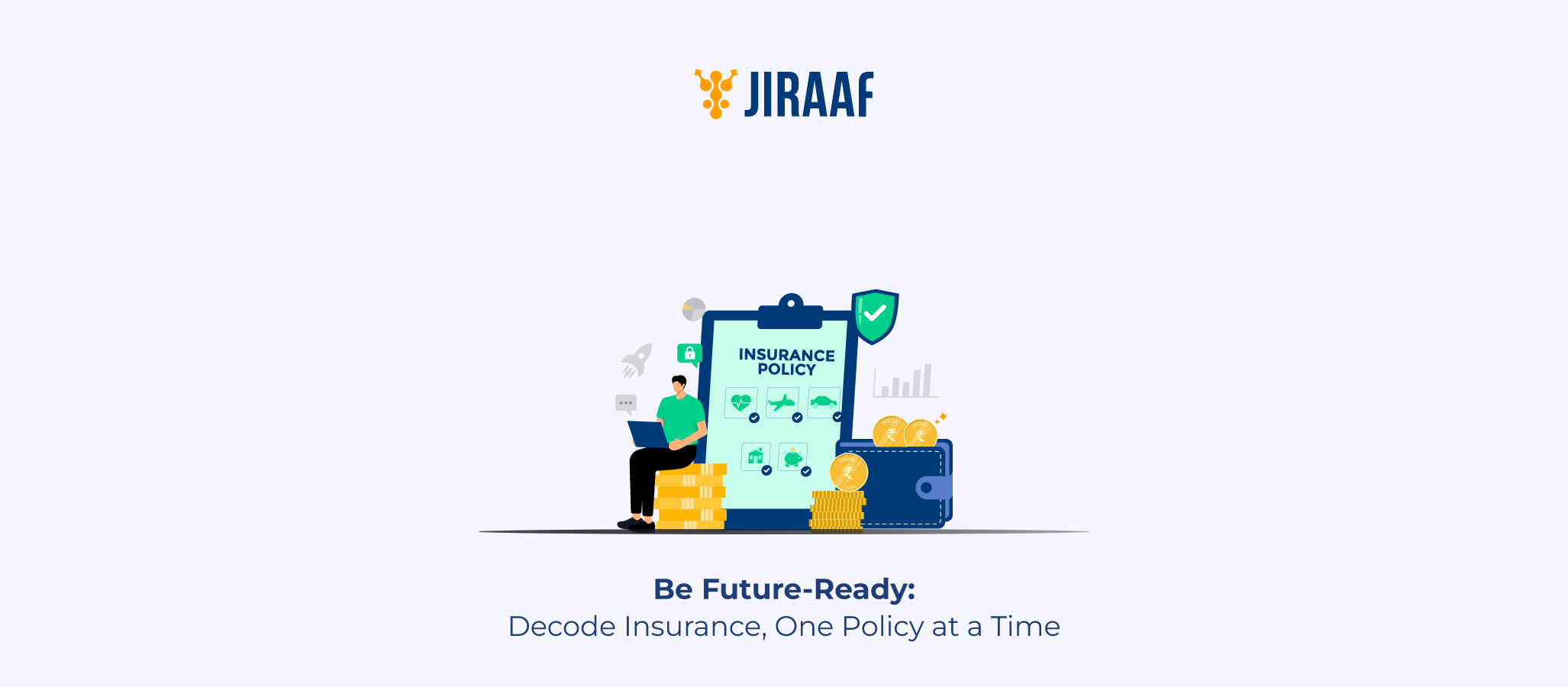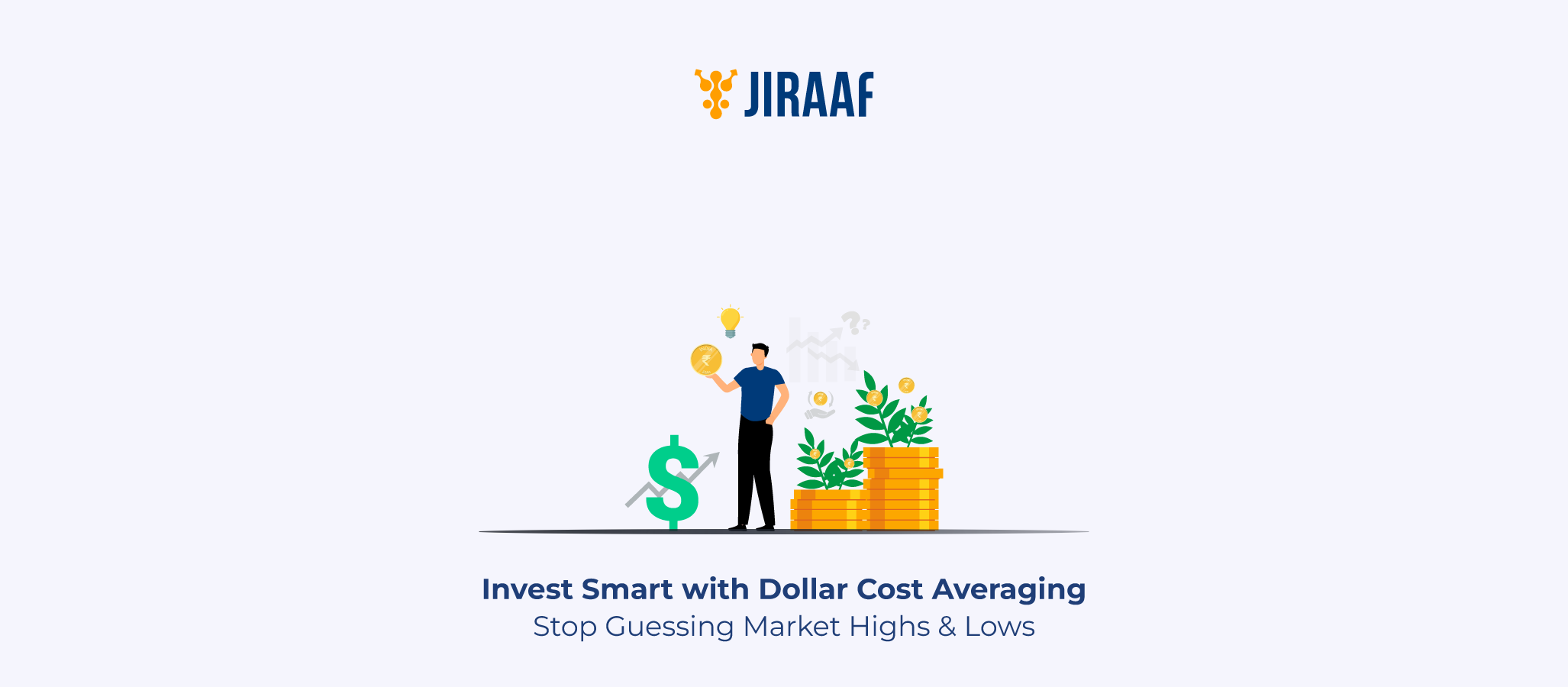What if you could accumulate wealth and safeguard your family at the same time? That is precisely what investment insurance does, combining market-linked returns with life insurance. However, is it wise to purchase mutual funds and term insurance separately? What is the difference in returns? Let’s unravel this hybrid tool. Today, we’ll discuss what investment-linked insurance is, how it works, the types of plans available, its advantages and disadvantages, and who it is suitable for.
What is Investment-linked Insurance?
Investment insurance, often known as investment-linked insurance, combines wealth accumulation with life insurance. When you pay premiums, a portion of the money goes towards insurance coverage, and another portion is invested in debt or equity. For instance, a ₹10,000/month unit-linked insurance plan (ULIP) might allocate ₹2,000 for life cover (₹50 lakh) and ₹8,000 to market funds (growing over time). The key players in the investment insurance field in India are LIC, HDFC Life, and ICICI Prudential.
How Does Insurance Work as an Investment?
- Premium payment: Monthly or recurring payments.
- Fund allocation: The insurer makes investments based on your tolerance for risk.
- Returns: Growth correlated with the market (not guaranteed).
- Options for payout: Total amount at maturity or withdrawals in part and death benefit (the greater of the fund value or the sum assured).
It also comes with certain tax advantages. Section 80C allows for the deduction of premiums, and at death or maturity, it is exempt from taxes under Section 10(10D).
Types of Investment-linked Insurance Plans
There are primarily three types of investment insurance plans offered in India:
- ULIPs: A Unit-linked Insurance Plan offers market-linked returns with equity and debt options, flexibility to switch between funds, and a short, five-year lock-in period. These are best if you are comfortable with market risks.
- Endowment plans: Endowment plans are a preferred choice because of the guaranteed returns and bonuses. They have a fixed lock-in period of 10 to 25 years. Even though the returns are slightly lower (5-6%), they are still consistent and stable. These are best if you are risk-averse.
- Money-back policies: These offer payouts at regular intervals (for example, 25% every five years). Between payouts, life insurance is maintained. Ideal if you consistently need income
Benefits of Investment-linked Insurance Plans
Investment insurance policies offer a bunch of benefits:
- Dual advantage: Wealth Creation and Protection.
- Tax efficiency: Section 80C + 10(10D) advantages.
- Disciplined investing: Compulsory premium savings.
- Flexibility (ULIPs): Transfer money when your goals shift.
Nevertheless, like any insurance plan, investment insurance also comes with certain drawbacks:
- Charges are higher than for pure investments.
- Liquidity is lower (lock-ins apply).
- Product structure is complicated.
Difference Between Insurance and Investment
| Feature | Pure Insurance | Investment-linked Insurance |
| Primary Goal | Risk coverage. | Wealth and protection. |
| Returns | None. | Market-linked/guaranteed. |
| Cost | Lower premium charges. | Higher premiums (fund management charges). |
| Flexibility | Fixed cover. | Partial withdrawals are allowed. |
Why Should You Consider Investment-linked Insurance?
- Protection of finances: Offers life insurance to protect your family’s future in the event of unanticipated circumstances and ensures that loved ones are not financially burdened.
- Dual advantage of investment and insurance: Combines building wealth with providing life insurance. Premiums are divided between market-linked assets and risk coverage.
- Money for goals and emergencies: Large expenses (property, education, and travel) can be covered by maturity returns. After five years, partial withdrawals are permitted for emergencies.
- Methodical withdrawals: You have the choice to obtain consistent payments as a supplemental source of income. This aids in preparing for retirement or covering recurring expenses.
- Tax efficiency: Up to ₹1.5 lakh in tax deductions are available for premiums (Section 80C). Section 10(10D) exempts maturity and death benefits from taxes.
- Disciplined Savings: Automates premium payments for investments. Perfect if you have trouble maintaining regular saving habits.
- Fund Allocation Flexibility (ULIPs): Choose between debt, equity, or hybrid funds according to your tolerance for risk. You have the choice to move money as financial objectives change.
- Endowment Plans: Give guaranteed returns. If you are risk-averse, fixed returns plus bonuses are less risky than direct market investments.
Things to Keep in Mind Before Buying an Investment-linked Insurance Policy
- Charge comparison: ULIPs include fund management costs (~1%) in addition to premium allocation (15–30%).
- Verify surrender value: Early departures are subject to penalties.
- Performance evaluation: Examine the performance of the insurer’s funds; funds with modest and stable long-term performance are better than funds with high but inconsistent short-term performance.
- Don’t shift focus from insurance: Make sure you have enough life insurance first.
Investment insurance policies are ideal for you if you are a salaried individual seeking investments that you can save taxes on, if you are a parent planning for your child’s education, or if you want structured growth of wealth with insurance as a backup.
Conclusion
Investment insurance is perfect if you desire tax-efficient, disciplined savings with built-in life insurance, since it provides a special combination of protection and wealth building. Although it offers two advantages, keep in mind that fees may be greater and returns may be lower than those of pure market investments. These programs are effective if you put safety, tax savings, and choose financial discipline first. This is especially true for parents and salaried professionals who are making long-term plans.
Consider combining mutual funds and term insurance for more development potential. Purchasing investment insurance can be a wise decision if you want stability. Make an informed decision since your financial future requires both stability and expansion.
Discover fixed income investments with Jiraaf, a SEBI registered online bonds platform that educates and brings access to a wide array of bonds. Sign up today to explore diversified fixed income investment opportunities to support your goal-based wealth creation journey. Start investing!









